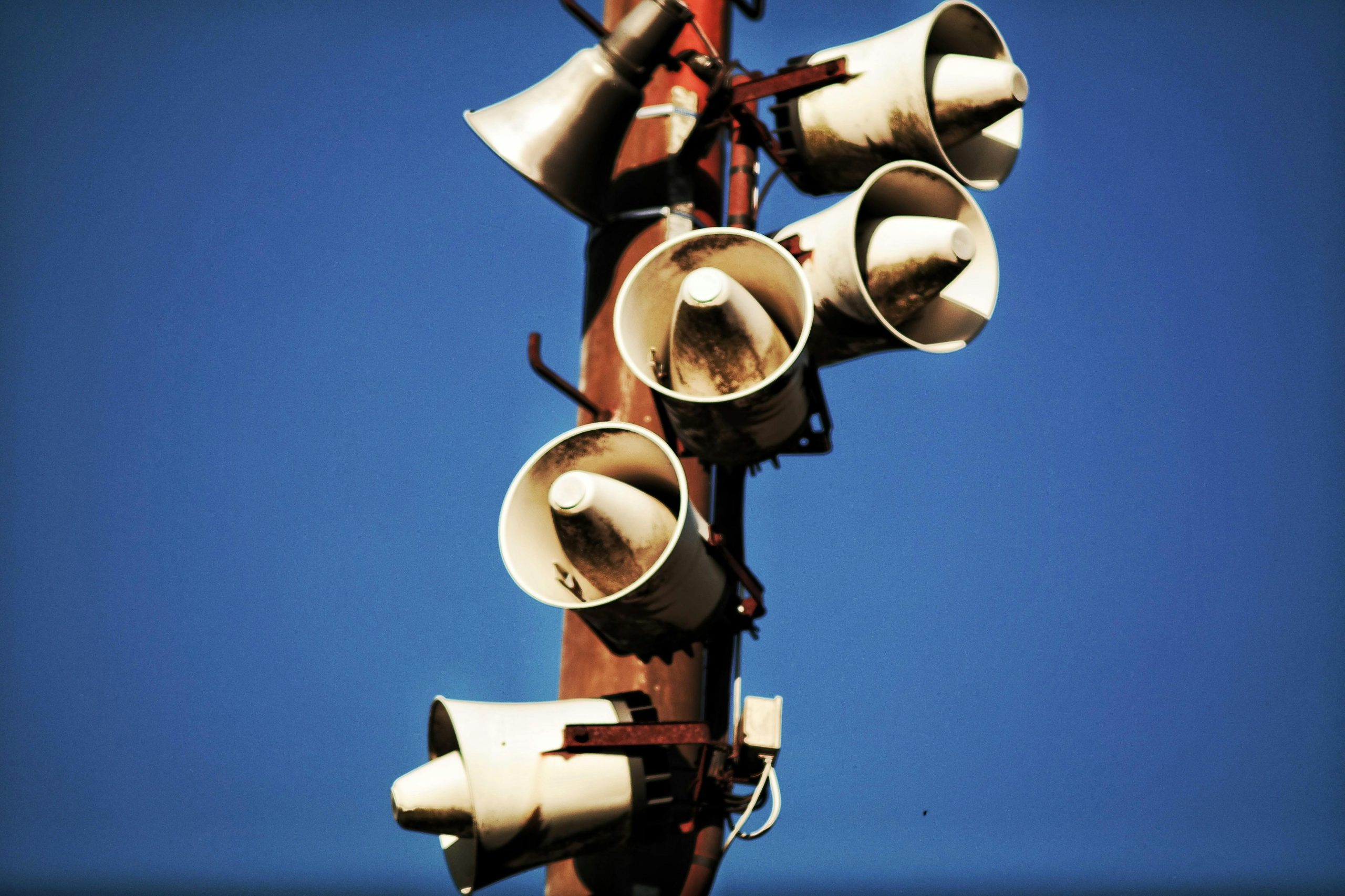Resolving Audio Output Issues on a Specific USB Port After Installing Rust on Windows 10
Introduction
Experiencing hardware or software conflicts after installing new applications is a common challenge faced by many Windows users. Recently, some users have reported audio issues related to specific USB ports following the installation of the popular game Rust. If you’ve encountered a situation where a particular USB port no longer outputs sound—despite other devices functioning correctly—this article provides insights and potential solutions to resolve the issue.
Understanding the Issue
The problem involves a specific USB port on a Windows 10 system that cease to output audio after installing Rust. It’s important to note that this effect appears isolated to the USB port in question, as other devices such as keyboard and mouse continue to operate normally. The user employs a USB sound device for both microphone and headphones, which was previously working without issues on that port.
Key Points:
– Audio output stops on one specific USB port after installing Rust.
– The same USB port works with other devices (keyboard/mouse) without problems.
– The issue is isolated to the USB sound device for microphone and headphones.
– Moving the sound device to a different USB port restores functionality.
Potential Causes
Several factors could contribute to this problem:
– Driver conflicts or outdated drivers related to the USB sound device.
– Power management settings that disable or limit the USB port.
– Changes in hardware configuration or system settings following the game installation.
– USB port hardware issues or conflicts caused by driver interactions.
Troubleshooting and Solutions
-
Update USB and Sound Device Drivers
-
Open Device Manager (
Win + X> Device Manager). - Locate your USB sound device under “Sound, video and game controllers” or “Universal Serial Bus controllers.”
- Right-click and select “Update driver.”
- Choose “Search automatically for updated driver software.”
-
Additionally, visit the manufacturer’s website for your sound device or motherboard to download the latest drivers.
-
Check Power Management Settings
-
In Device Manager, right-click the affected USB port (under “Universal Serial Bus controllers”) and select “Properties.”
- Navigate to the “Power Management” tab.
- Uncheck “Allow the computer to turn off this device to save power.”
-
Repeat for the USB sound device if listed separately.
-
Adjust USB Selective Suspend Settings
-
Open Control Panel > Hardware and Sound > Power Options.
- Click on “Change plan settings” next to your selected
Share this content:



